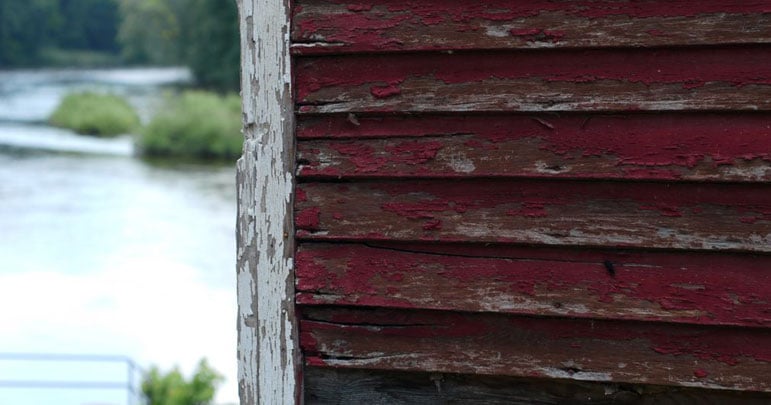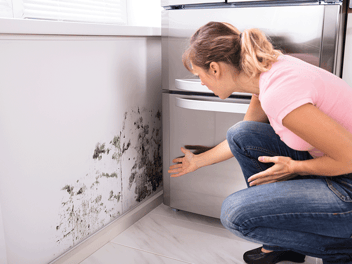Dry rot can be a major problem for any homeowner. It starts out small, just a little moisture can invite in a wood-eating fungus that will slowly spread and devour your walls and floors. Since dry rot only needs a tiny bit of moisture to grow, there is not an obvious leak to indicate its presence, like there is when you have mold.
If it is allowed to spread for too long unnoticed, it can bring down your floor or worse. Dry rot will flourish in a humid and poorly ventilated section of your home, like the basement, attic, laundry room, and behind the refrigerator.
Like mold, dry rot is not generally covered in a standard homeowner’s policy. However, like mold, there are some exceptions to this rule, depending on the cause of the dry rot. If, for example, you have a pipe burst and you catch it before mold can creep in, but you miss a tiny bit of moisture in the cleanup that turns into dry rot, your insurance company will most likely cover it, depending on your coverage. However, if the dry rot is caused because the wood is simply old, or has not been properly maintained, your insurance policy is not likely to cover the rot.
The insurance industry believes that with routine maintenance, you can avoid dry rot; the problem with this logic is that it is often in hidden places, like under the floor, behind something in the basement, or somewhere else. So even if you have perfect upkeep on your home, you still may miss dry rot if you are not crawling around the walls and under the house to search for signs of it.
One problem that you may encounter when filing an insurance claim for dry rot for something that was covered, is it may be specifically excluded from your policy. Since dry rot can be hard to see until it gets bad, it can be difficult for you to prove that the rot was caused by something covered. If your policy does cover the triggering event, but your insurance company says that the rot was caused by negligence or normal wear and tear, a public adjuster can help you get your insurance company to pay for the covered damage.
Spot the Rot
While it can be hard to see dry rot, you may be able to smell it much earlier on. If you detect an earthy scent, similar to soil and mushrooms, your nose may be noticing rot. If you smell something, you can then look for some of the signs of rot, which include a mushy or spongy wood or wood that cracks and turns to powder when probed. You may also see a white, cottony texture or something that looks similar to cobwebs in the wood. When the rot advances far enough, the fungus will look mushroom-like, which then begins creating new spores and spreading throughout more of your home. Deep cracks in the wood are another indication of rot, as is the darkening of the wood.




 Storm Damage
Storm Damage  Property Damage
Property Damage Appraisal Services
Appraisal Services Contact Us
Contact Us




.jpg)
 claims@ucspa.com
claims@ucspa.com Mon-Fri: 9:00am-5:00pm
Mon-Fri: 9:00am-5:00pm